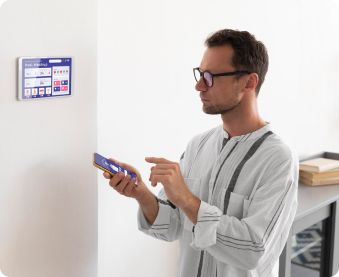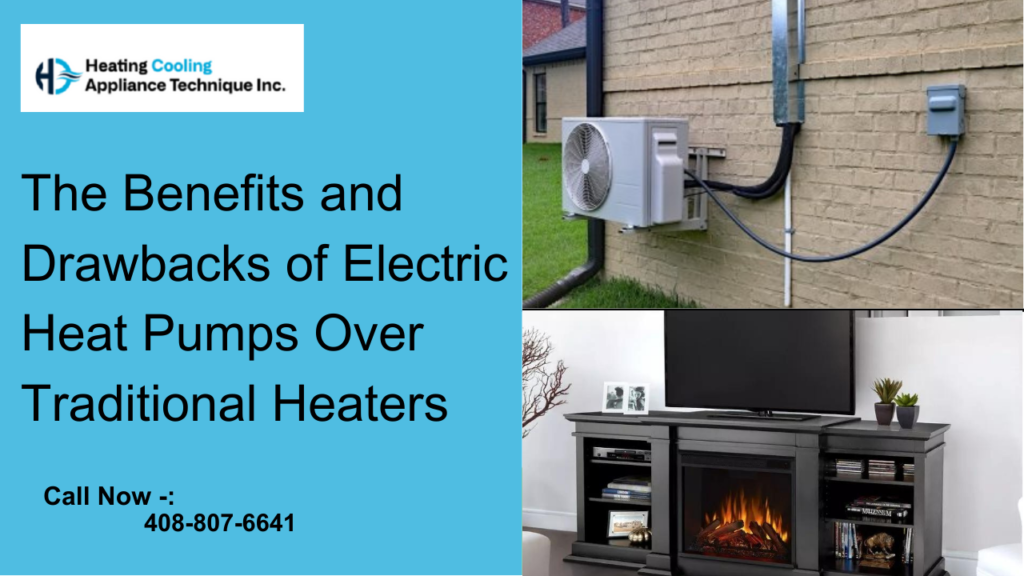HVAC systems must be periodically serviced to ensure peak performance over the course of their life cycle because they are developed to meet specific size and functionality criteria. The most frequent issue with HVAC Repair San Jose is improper maintenance, which can result in leaking pipes, frayed wires, and other problems that may need to be fixed by a qualified contractor.
Because they enable you to regulate the temperature of your home when you want it to be warm or cool, heater systems are crucial. Additionally, they have a safety feature known as an automatic shut-off valve that enables them to turn off if they notice an interior overheating condition. This can prevent a fire from spreading quickly.
There are a lot of different problems that can arise when you have a heating system in your home or office. This article is going to show you the top 10 most common heating repair problems and solutions.
Blocked Thermostat
The most common problem with a heating system is that it’s not working properly because of a blocked thermostat. A blocked thermostat will cause the temperature to stay the same no matter what temperature you set it at. This can be caused by dirt, dust, or grease blocking the sensor wires inside your heat pump, but it can also be caused by other things like an overfilled water heater tank that gets into the cooling lines and clogs them up.
Unblock your heat pump’s sensor wires by using a snake made from plastic tubing if necessary. If this doesn’t work, then call an expert to come out and unclog your cooling system so that everything can run smoothly again.

1. Heating system not working:
This is one of the most common problems homeowners have with their heating systems. The most common symptom is that there’s no heat coming from the vents. There are a few solutions for this problem, including checking for power and making sure that the thermostat settings are correct, then calling a professional if necessary.
2. Broken vent pipe:
A blocked or broken vent pipe can lead to some pretty expensive damage and repair costs. If you suspect this problem, you’ll need to call an HVAC technician to come out and check it out with you before performing any repairs yourself. This might be an easy fix if there is just debris blocking the airflow, but if it’s something more serious than that then it could be required that you hire someone else to fix it for you.
3. Exhaust fan not working:
The exhaust fan on your furnace should turn on automatically when you’re home and running on its power source (usually electricity), but if it doesn’t then this could mean that either there isn’t enough power going into your system or that something else may be wrong with your unit’s wiring or motor (which would require a full-service visit from.
4. Your furnace won't turn on:
If your furnace isn’t working properly, there are a few easy steps you can take to troubleshoot the problem and make sure it doesn’t happen again. First, check the pilot light. If it’s on, this means that the gas valve is open, so you should have no trouble turning on your furnace. If the pilot light is off, check to see if there’s any debris in your gas line or cracks in your pipe work that might be causing an issue with your furnace. Then try turning the main knob (or just turning it all the way) to make sure that there are no issues with that part of the system. Finally, remove all air vents from around your home—this will help reduce carbon monoxide levels in case there’s a leak.
5. Your furnace needs cleaning:
Your furnace will naturally accumulate dirt over time from use and everyday life—especially if you live in a house with pets! If this happens to you, don’t worry! It’s perfectly okay for your furnace to need some attention every once in a while.
6. Electrical wiring problems:
The most common cause of this problem is that the wires in your home have been damaged or frayed. If there are any loose wires, they could become exposed and touch each other, which can cause an electrical short and damage the heating unit. You may also notice a smell coming from your house if it is too hot in the wintertime. This is an indication of poor insulation around your plumbing pipes, which can lead to leaks or freezing pipes.
7. Thermostat failure:
If your thermostat stops working properly, you will not be able to adjust the temperature within your home. This would mean that you would have no control over how much heat goes into each room of your house and how much gets wasted because it’s not being used effectively enough.
8. Hot water heater leaks:
The most common reason for water heater leaks is corrosion at the bottom of the tank. If this happens, it’s often necessary to install a new water heater or repair it by removing rust and replacing the metal parts with new ones (we recommend using an approved contractor).
9. Thermostat stuck on heat:
If your thermostat is stuck on heat but the furnace isn’t working properly, check for power issues first by turning off all electrical equipment in the house or garage that might be interfering with the flow of electricity into your system (e.g., unplugging appliances). If that doesn’t solve it, time to call an expert.
10. The furnace kicks on but doesn't stay on:
The blower motor might be faulty or the compressors may have failed, so contact a professional for assistance in finding out what’s wrong with your furnace or air conditioner unit.





